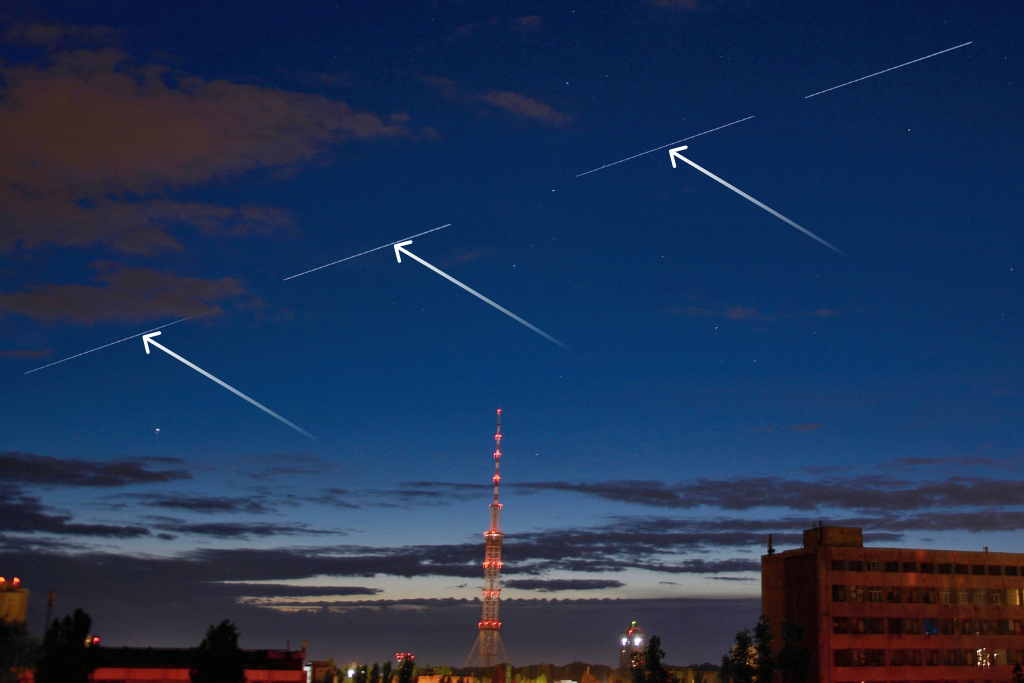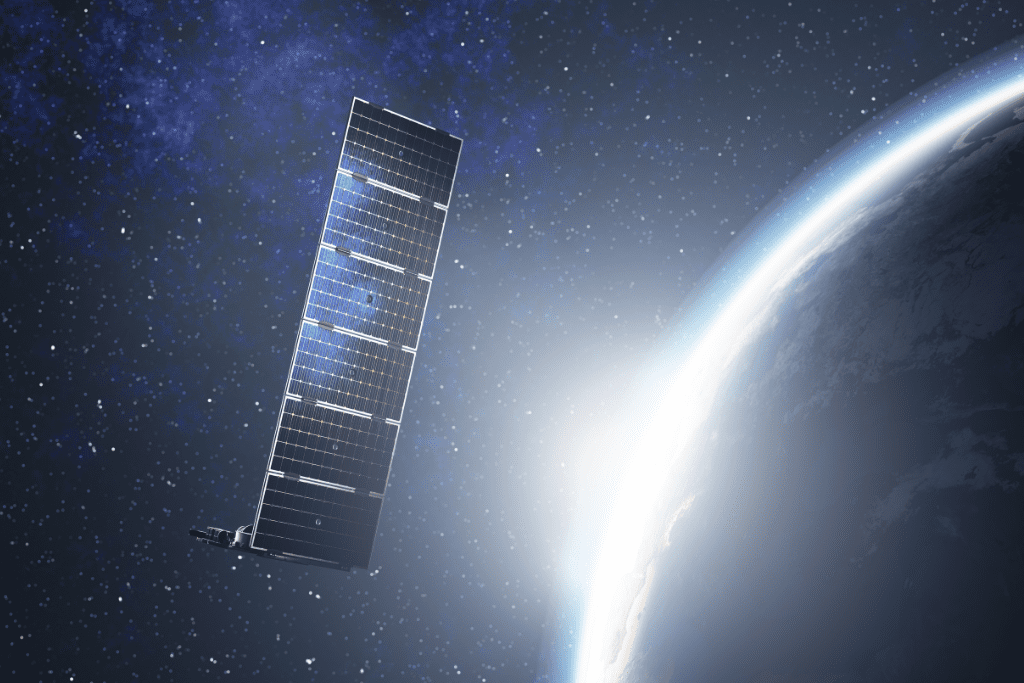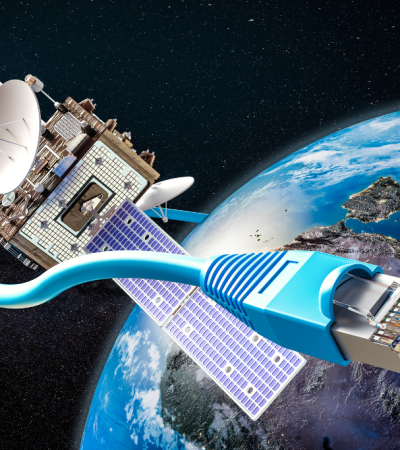Rather than building and maintaining expensive data infrastructure, Starlink satellites beam information through space. While the service will not be as fast as gigabit fiber, it will be cheaper. As long as the Starlink spacecraft can be tracked, there’s no reason why we shouldn’t be able to use it.

Starlink satellites beam information through the vacuum of space
Starlink is an internet service that beams information through space from Earth to remote areas, including islands, deserts, and mountains. There are currently more than 3,000 satellites orbiting the Earth, with plans to launch up to 40,000 more. Each satellite weighs around two hundred and twenty kilograms and can reach speeds of up to 1 Gbps. The technology can reach distances twice as large as fiber-optic cable internet.

Although the technology is still in its infancy, the effects it will have on astronomy are not yet clear. Initial feedback from night-sky observers and scientists suggests that Starlink might interfere with astronomical observations. But even if that were the case, there wouldn’t be a significant problem at this point. It is possible that Starlink satellites will eventually have trains of as many as 12,000 or even 40,000 in orbit, which could cause a snag in the system.
Service is cheaper than traditional data infrastructure
Starlink is an Internet service that connects small devices to the internet. While it is less expensive than conventional data infrastructure, it is not available to everyone. Its service is geared toward sparsely populated areas. While it is available to a relatively small number of customers in densely populated areas, it will not be available to many rural residents. To remain viable, Starlink will have to cut its costs quickly. It also needs to make money to keep launching satellites.

Starlink isn’t perfect, but it has a lot of potentials to connect billions of people. Because it does not rely on ground infrastructure, it can bypass economic and geographic barriers. As a result, the potential customer base will extend beyond developed nations to areas of the developing world. Today, many rural regions of the world have poor internet connections. Moreover, most rural areas don’t have broadband infrastructure, and the cost of building and maintaining these networks is high. Thus, using a satellite to provide Internet access may be more affordable than establishing a terrestrial network.
It doesn’t require infrastructure
Starlink is a satellite network that uses lots of lower-orbit satellites to connect with the world. Some of the satellites are as low as 340 miles above the Earth. This means less data transfer and less money. However, the project still faces many challenges, including financial viability.
While the technology is promising, it is still in its early stages. There are many drawbacks, including its unreliability and inconsistency. For example, the satellite service is intermittent, not always reliable, and frequently foiled by trees. In addition, the beta version of Starlink has been limited to the US, Canada, and a few parts of Europe. It has yet to be released outside of Chile. This means that people outside of these countries can’t test it.

But the technology has already been used in Ukraine for seven months. In addition to voice communication, it has also been used to pilot drones and send back videos so that artillery fire can be corrected. The technology has been praised by CNN.
It won’t be as fast as gigabit fiber
While SpaceX has been touting the benefits of its Starlink service, its early tests show that the system is not as fast as fiber. The system has higher latency and a lower upload speed, but the speed will never match gigabit fiber. Also, Starlink doesn’t have the same environmental impact as fiber. So, while it might be the future of Internet access, it’s not quite there yet.

While Starlink can fill in coverage gaps, fiber is better for most people. For starters, fiber is the most reliable and safest way to access the Internet. As long as you have electrical service, you can have fiber. And some of the best fiber is produced in space.




